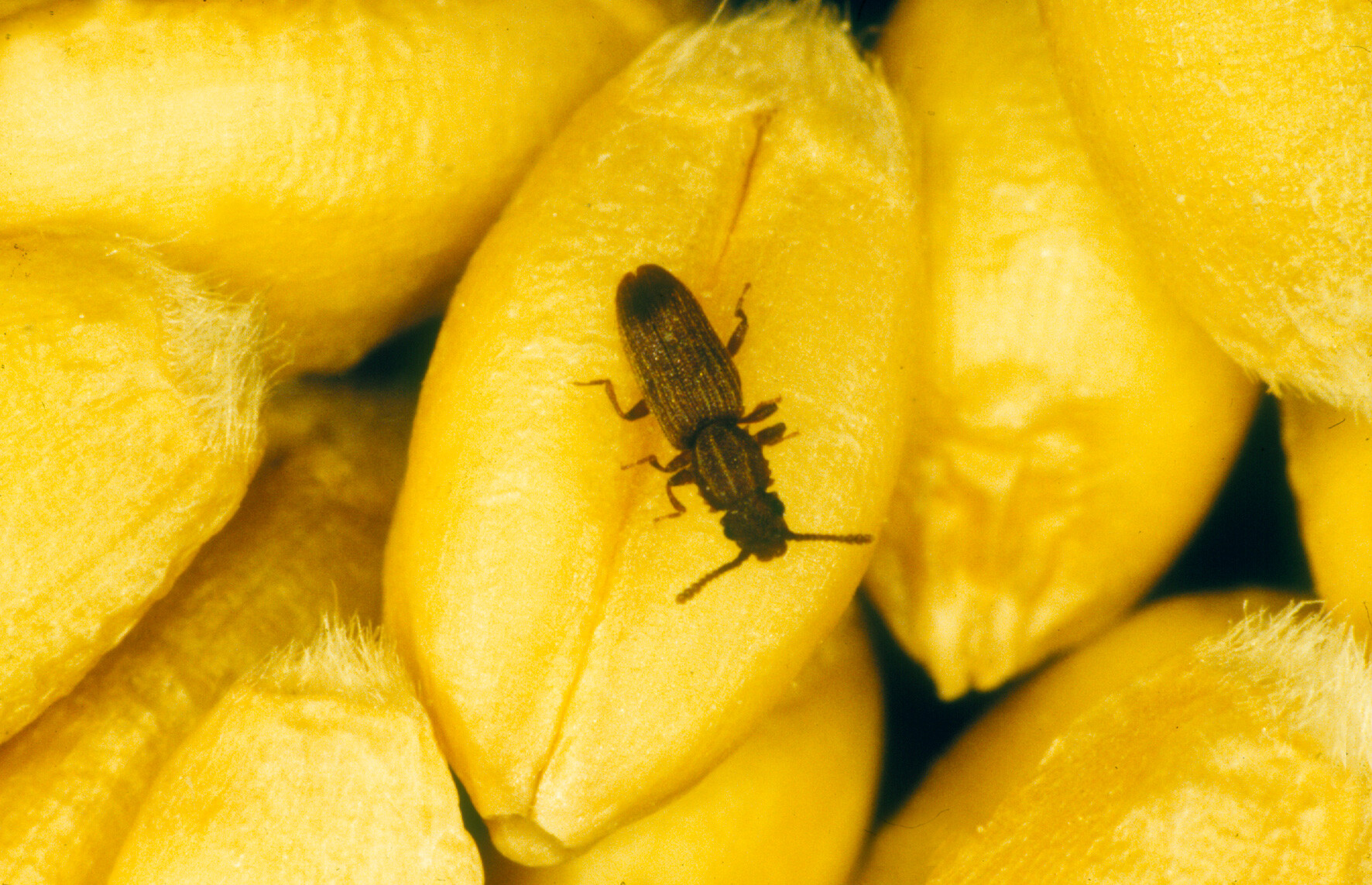
The main ‘barn’ pests that Russians encounter

Just imagine: You take out buckwheat or flour from your kitchen cabinet and you see black bugs all over the place. Or even worse: You go into the kitchen and there are small flies there. What barn pests can be found in Russia and how are they dealt with?
1. Bugs

The most common types of such insects are various bugs. Specialists distinguish between Surinam flour-eaters, rice weevils, bread beetles and other small lovers of groats and grain.
The main thing to remember is the following: If you see such bugs in a bag of some groat, it must be thrown out, you must not eat infected food. After that, it makes sense to check the stock and treat all storage places with a vinegar solution or at least a soap solution. You can also ward off bugs with spices that have a pungent smell.
To prevent them from reappearing, it is better to buy prepackaged foods in airtight packaging. Groats should be stored in glass jars with tight-sitting lids.
2. Drosophila flies

Small fruit flies (Drosophila) often breed where there is a concentration of a lot of tasty, sweet fruits. The softer and juicier the fruit is, the more of them can be found there, because they have no teeth and just suck out the juice. They breed especially fast in summer, when the temperature reaches 24°C and higher. What is interesting, unlike other pests, these flies “hunt” during the day and rest at night.
Drosophiles, like other insects, carry contagions (including E. coli and cholera) and leave the products of their vital activity in the kitchen. Therefore, they must be dealt with immediately!
Flies are attracted by the smell of food waste, especially rotten fruit and meat. Therefore, it is necessary, in the first place, to duly throw out the garbage. It is best to keep all short-life food in the refrigerator. Drosophila flies can be eliminated with the help of a trap lamp or chemical solutions.
3. Ants

In Russia, red and black ants are found most frequently. In general, these are forest and garden insects, but they often end up in apartments, alongside the harvest of apples, which people bring from their dachas, for example. And, if they like it at your place (it's warm, cozy and there's a lot of food nearby), they begin to reproduce exponentially.
Let's put it straight, it is very difficult to fight them. First of all, they're really smart. Before going out to get food, they send one or two “scouts” and, if they do not return (for instance, you killed them), they can lurk somewhere for a while or change the route.
You should start by removing all foods in the house that are attractive to them, especially fruit, and clean up the kitchen with a citrus solution. Ants don't like the lemon smell; nor do they enjoy other citrus odors.
If "natural" remedies haven't helped, it's best to call the sanitation service before ants take over the entire house.
4. Food moths

Do not let yourself be fooled! This is not a cute butterfly, but a real pest. Interestingly, it's not the adult moth that is particularly dangerous, but its larvae, which it likes to lay in groats, dried fruit, nuts and other kitchen cabinet stocks. It's best to store everything in the refrigerator and with the lids closed.
Moths don't like garlic, vinegar, tobacco, citrus peels and lavender. Also, they can't stand laundry soap, which can be used to wipe down kitchen shelves.
5. Mice and rats

Dangerous transmitters of infection, these rodents can breed in the basements of residential buildings and make their way into apartments. They are not afraid of anything, but try to stay away from areas where cats live. Even the smell of cats scares them away!
But, if you don’t have a cat at home nor in the yard and rats have already appeared, it is useless to fight them alone. The whole house needs to be disinfected by a special service.













